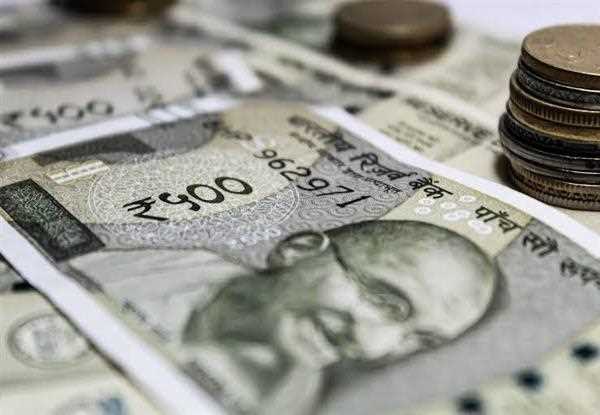India has been taking several steps towards the internationalization of the rupee for years.
The rupee is the official currency of India, and the country is one of the world's fastest-growing economies. As a result, there has been a growing demand for the rupee as a means of payment across numerous nations.
One significant step towards the internationalization of the rupee was the Reserve Bank of India's decision in 2013 to allow foreign investors to hold "masala bonds." These were rupee-denominated bonds, making it easier for foreign investors to buy and sell such assets. In 2015, the RBI allowed foreign investors to trade in rupee-denominated derivatives.
In 2019, the Indian government began a process of liberalizing the exchange rate, making the rupee more attractive as a reserve currency. The move aimed to make the exchange rate more market-driven, reduce volatility, and attract foreign investors. The government also launched various initiatives to attract foreign investment, such as Make in India, Digital India, and Start-up India.
The demand for the rupee is rising due to the booming commerce and investment in India's economy. With global corporations opening up facilities in India to tap into the nation's sizable and expanding market, the nation is evolving into a more alluring location for foreign investment. Data from the RBI shows that from $12 billion in 2008 to $80 billion in 2020, foreign portfolio investments in India have increased.
The internationalization of the rupee will increase trade and investment opportunities as India's economy becomes more integrated with the world economy. Additionally, it would increase the rupee's predictability and stability, which makes it a more appealing choice for international investors and central banks seeking to diversify their holdings.
However, there are risks involved in the internationalization of the rupee. The economy and political stability of India are linked to the value of the rupee, and both factors are susceptible to changes brought on by things like elections, economic slowdowns, and geopolitical tensions. If there is an abrupt surge in demand, the rupee may become more volatile, which would make it exceedingly difficult for enterprises and investors to plan for future trade and business operations in India. Additionally, if the rupee gains too much traction as a reserve currency, it could result in significant capital inflows and currency appreciation, which would lower exports' competitiveness.
In conclusion, the internationalization of the rupee will provide India with numerous opportunities to further integrate its economy with the global economy, creating more opportunities for trade and investment. However, this move comes with certain risks that need to be carefully considered and mitigated. India needs to make strategic decisions and take calculated steps to ensure that the rupee's internationalization is a success, making it a stable, predictable, and in-demand currency across the planet.
Also Read:- Currency Wars